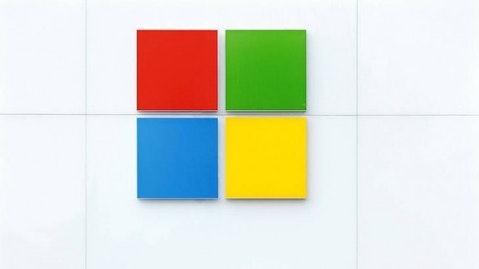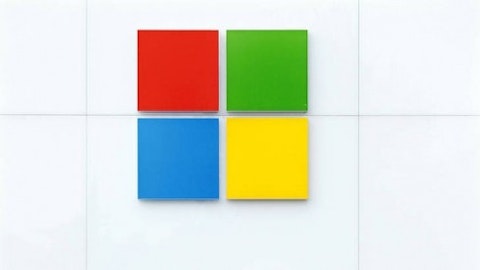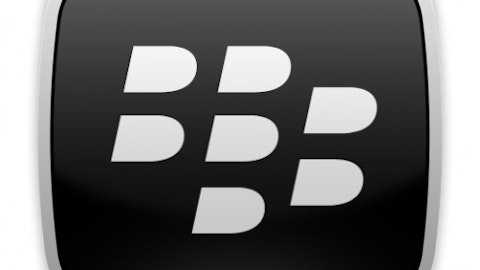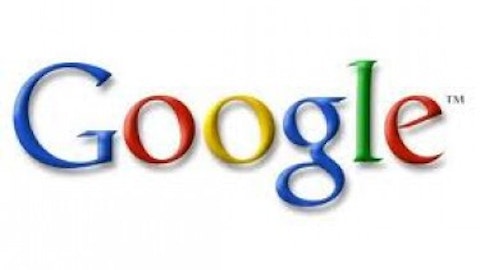When Microsoft Corporation (NASDAQ:MSFT) first launched Windows 8 last year the flagship operating system was met with mixed reviews. The start menu, a mainstay of the Windows operating system since the beginning, was removed. The desktop was relegated to an “app” which could be launched from the new home screen. For the first time in many years Windows came with a learning curve.
Microsoft Corporation (NASDAQ:MSFT) has learned from its mistakes with the unveiling of Windows 8.1, and update coming less than a year after the original release. With PC sales on the decline and consumers indifferent towards Windows 8 Microsoft is hoping the revamped OS will cause consumers to take a second look. Microsoft is also targeting the enterprise, with key changes aimed at compelling companies and organizations to upgrade. What does Windows 8.1 mean for Microsoft?
A second chance
One of the biggest gripes about Windows 8 was the lack of a start button. Hitting the Windows key, which used to display the traditional start menu, now shifts to the full screen start screen. Although all of the functionality and more is still there people generally don’t like change, prompting Microsoft Corporation (NASDAQ:MSFT) to include a start button on the desktop. The button still just launches the start screen, but it creates a more familiar experience for users.
Many people didn’t like the new start screen and wished they could boot into the desktop instead, and Windows 8.1 grants that wish. Along with some customization options, deeper integration of the SkyDrive cloud storage service, and native 3D printing, the changes make Windows 8 more polished and easier to use. Whether consumers will agree is another story, but many of the common complaints have been dealt with.
Microsoft Corporation (NASDAQ:MSFT) has a stranglehold on the enterprise PC market, but many companies are slow to upgrade. Windows 8.1 introduces features meant to give enterprise customers a real reason to switch to Windows 8. One big feature introduced is remote data removal. Data on employees’ devices can be marked as owned by the company and remotely deleted. This, along with other features focused on security, should give companies a reason to upgrade. One catalyst here is the official end of Windows XP support scheduled for April 8, 2014. I expect Windows 8 enterprise sales to increase pace as we get closer to that date.
Although PC sales have been declining tablet sales have soared, and with Windows 8 aimed at both traditional PCs and tablets it’s more important than ever that consumers like the operating system. Inexpensive Windows tablets featuring Intel Corporation (NASDAQ:INTC)‘s newest Atom processors could pose a real threat to Android tablets, and enterprises already using Windows 8 PCs could be compelled to used Windows 8 tablets as well.
The next few years will be interesting for Microsoft Corporation (NASDAQ:MSFT) as it fights back against the decline of the PC. The pieces are now in place with Windows 8.1, and the long-term success of the company depends on the success of Windows 8.
What Windows 8.1 means for Intel
Intel Corporation (NASDAQ:INTC) is in a similar boat as Microsoft Corporation (NASDAQ:MSFT). Dominate in the PC era and slow to adapt to the rise of mobile devices, Intel is spending enormous amounts of money to gain an edge over ARM-based processors which dominate the mobile market. The company recently released the Haswell line of processors aimed at desktops, laptops, high-end tablets, and hybrid devices. Haswell’s main focus is energy efficiency, allowing mobile devices to last much longer on a single charge.
Intel Corporation (NASDAQ:INTC)’s other line of processors, Atom, is aimed strictly at mobile devices. The newest iteration, Clover Trail, will find its way into Samsung’s flagship Galaxy Tab 3, a big win for Intel. This tablet is Android based, but Intel’s mobile fortunes are tied heavily to the success of Windows 8. Atom processors are cheaper than Haswell, allowing for low-cost Windows tablets which still run the full operating system. Contrast that with Android tablets, which run essentially the same operating system as Android phones.
The enterprise is key for both Microsoft and Intel Corporation (NASDAQ:INTC). If Windows 8 tablets begin to become popular in the enterprise Intel benefits just as much as Microsoft Corporation (NASDAQ:MSFT). Windows 8 tablets can run normal Windows programs, including legacy programs which companies may rely on, giving Microsoft and Intel Corporation (NASDAQ:INTC) a huge advantage.
The bottom line
Microsoft needs an operating system which people like, and Windows 8.1 is a big step in the right direction. Consumers as well as enterprise customers who’ve shunned Windows 8 thus far may need to take a second look. Security is a big focus in Windows 8.1 for enterprise users, and the coming end to Windows XP support could bring increased adoption of the new OS. Intel needs Windows 8 to be a success for the company to have a chance to compete with the ARM-based competition, and upcoming inexpensive Windows 8 tablets are the key. The pieces are starting to fall into place for both Microsoft Corporation (NASDAQ:MSFT) and Intel Corporation (NASDAQ:INTC), and it will be interesting to watch.
Timothy Green owns shares of Microsoft. The Motley Fool recommends Intel. The Motley Fool owns shares of Intel Corporation (NASDAQ:INTC) and Microsoft Corporation (NASDAQ:MSFT).
The article A Second Chance For This Tech Giant originally appeared on Fool.com.
Timothy is a member of The Motley Fool Blog Network — entries represent the personal opinion of the blogger and are not formally edited.
Copyright © 1995 – 2013 The Motley Fool, LLC. All rights reserved. The Motley Fool has a disclosure policy.





